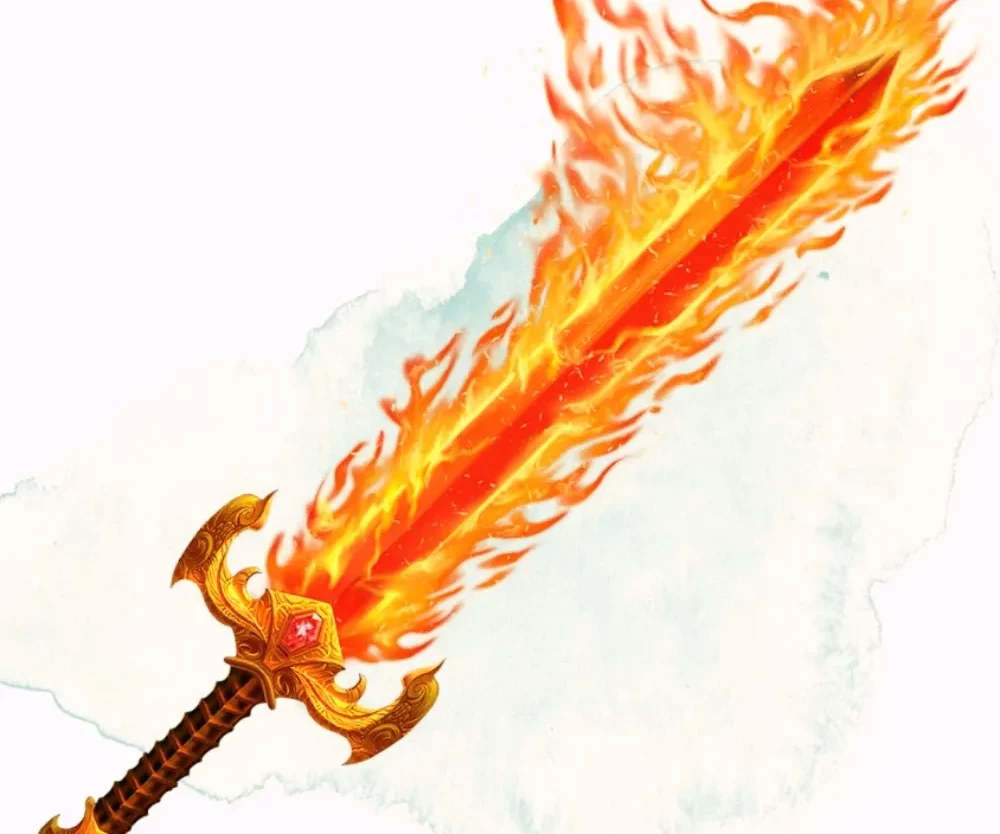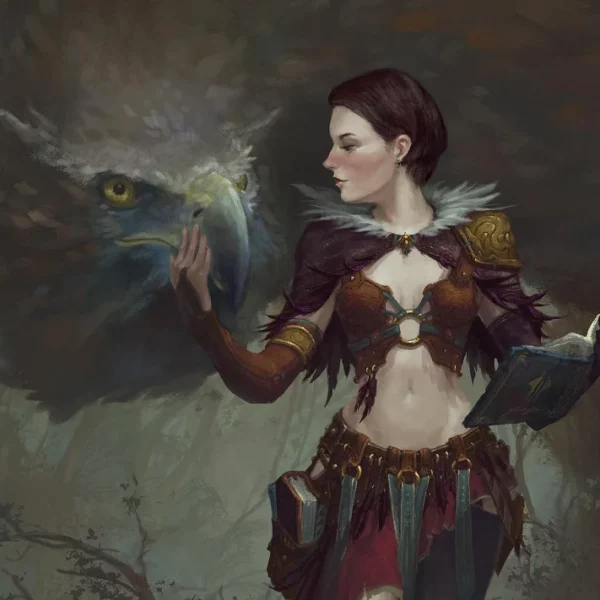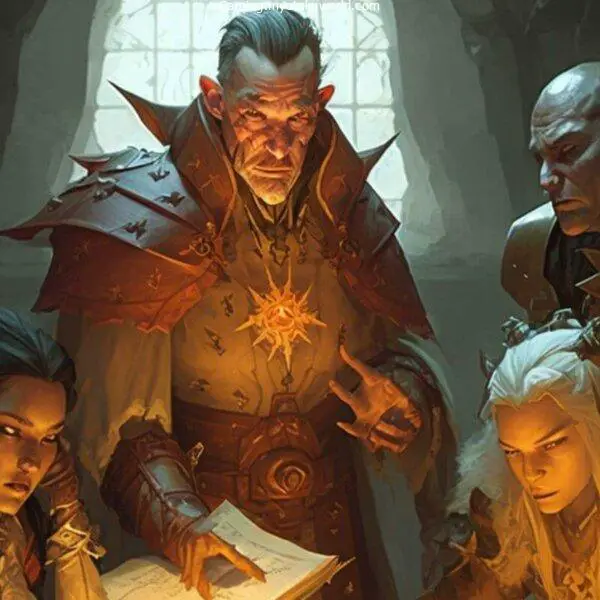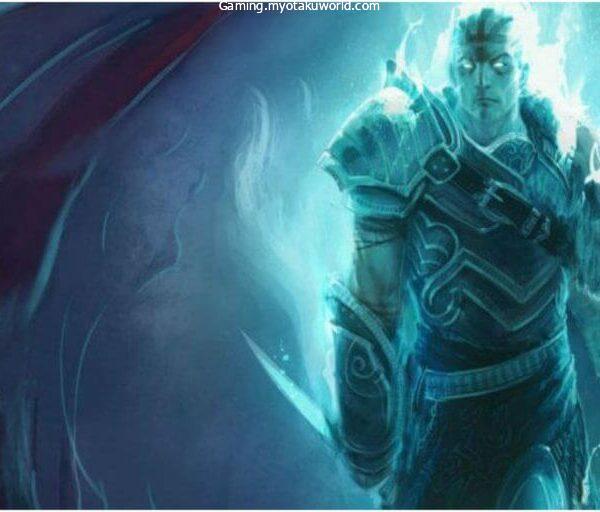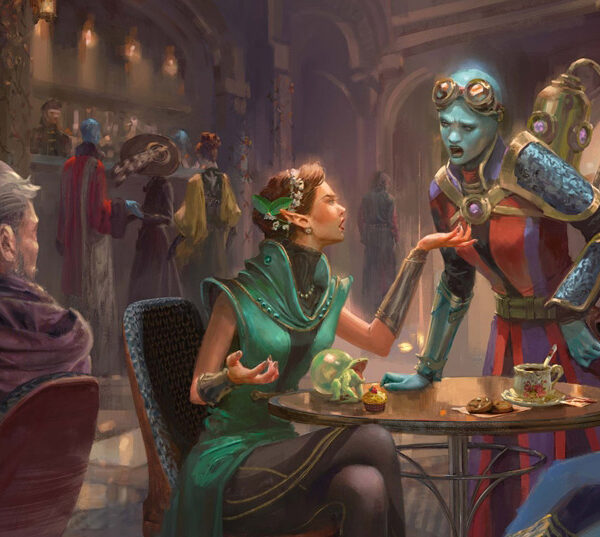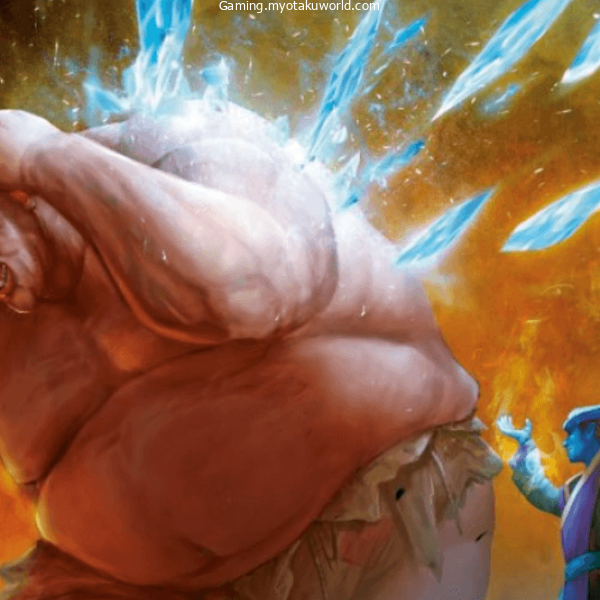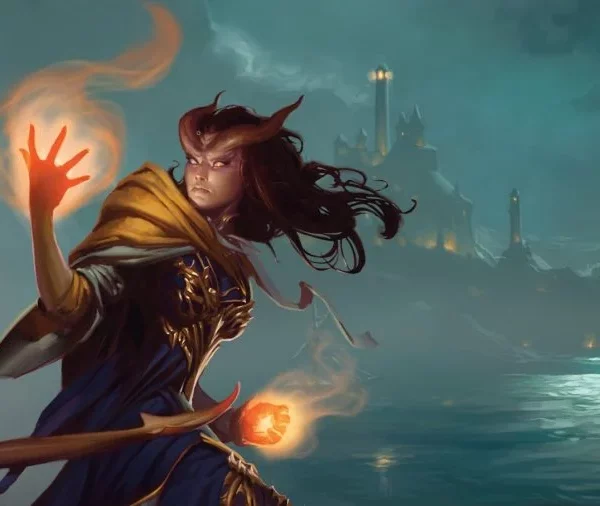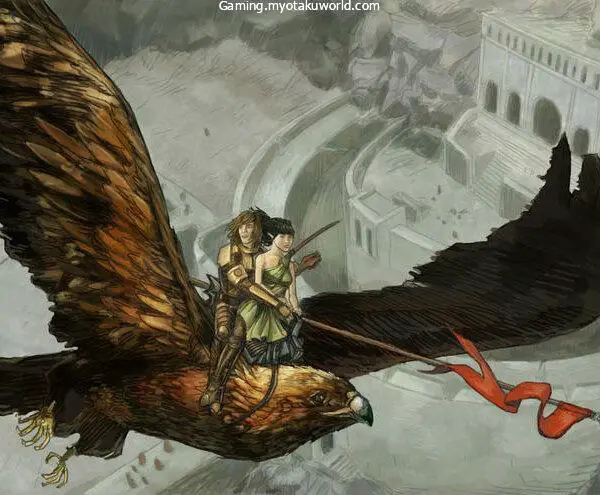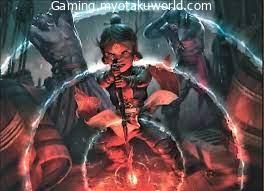Faerun is home to monsters and magic. Evil is abundant in this magical world. This world is full of legends and stories. Some legends even include magic weapons or items.
There are many magical weapons and armor pieces. Rings, clothing, and other traditional items can also be magically touched.
Even though all this content is official, some players and DMs still need more. This is where homebrewed magical objects come in. It increases the number of magical items available.
How do you integrate your homemade magical items into the game? These items are fascinating, but how can you make them accessible to your players?
These are the questions you should be asking Guide to 5e Homebrew magic Items Ideas.
Is Your World high magic or low magic?
Before you start thinking about creating magical items for your campaign. Are you looking to create a campaign where magic items can be found in all stores, in different dungeons, and on everyone, from the lowest guard to the king? This is a high-magic world.
If you create a world in which only the most powerful weapons can become magical weapons, and where the old weapons are buried with their heroes, you will have a low magic universe.
You could also choose a medium-magic world, where magic items can be purchased in shops at high prices or given to quest participants as rewards.
You must choose the world where your campaign will be set up, as this will help you to show your players how magical items from your own home can be obtained.
What’s the story behind your magical item?

Excalibur. The One Ring of Power. The Invisibility Cloak. The Spear of Destiny. These items all have legends that give them their power. Your world’s magical items are no different. They should all have stories.
You don’t have to write a lot, but it is a good idea to include a few sentences to explain the magic item and its use.
The warrior queen may have used the magic mace to defeat the evil orc chief. This would have annihilated the horde as well as their previous invasion of the kingdom.
A mystical jar that produces alchemical ingredients may have been made for an alchemist who was always forgetting his tinctures or ingredients.
These stories not only provide background information for your world but also give a reason why certain items have the effects they do. This is a great way to brainstorm.
How to Balance Magical Items?
There are many magical items that can bring you infinite benefits. You should now be asking yourself how to balance your life with all the goodness in the world.
For examples of how to create magical items, first look at similar items. You can create magical weapons by looking at other magical weapons.
It is also possible to reskin an item of magic from another system such as Pathfinder, or an older edition of D&D.
This item is a burned-out, grayish iounstone with a constant flame spell. It can float and orbit and allows the bearer of the item to transport light while keeping his hands free. It can be any of the crystalline shapes common to ioun stone (ellipsoid or prism, and so forth em>
Ioun stones can be found in Pathfinder and 5e, so give your players an Ioun Torch to help them find the D&D versions.
It is also possible to focus on the requirements of your magical items. You can also focus on the requirements for your magical items.
For instance, players may need to tune in to them (giving them a difficult choice if they have filled their three attunement slots), and they might need to be of a specific race or alignment to use them effectively.
You must ensure that your players can use them

One of the greatest problems with this system is the sheer number of magical items that are introduced. Players simply won’t be able to use them.
It’s not about saying, “This magical sword is more powerful than this magical axe,” but rather, that it is an item that doesn’t fit in with the campaign’s environment.
You should ensure that you can use ‘Boots of Lava Walking,’ which allows your players to walk on lava without any harm and fire resistance.
If the party does not have the opportunity to walk on lava or fight fire-attacking enemies, those boots will be tossed in the dump pile. Give them a quest
Attaching a quest to your homebrew products will make them stand out in high-magic worlds. The queen used a magical mace to stop the orc invasion.
The party must then travel to her tomb to prove that they are worthy to receive the mace. They then need to reorganize the weapon so that it can be used in combat.
They must also restore the weapon’s legend and fight orc raiding parties using it. This will create fear in the orcs horde, which could stop the invasion from the beginning.
This is more exciting than just finding the weapon in a box and forgetting about it. You can give your characters something to do and they will be more likely to take pride in the weapon.
Not all magical items are created equal

For the next part, we’ll be taking a page out of Dwarf Fortress. The game allows dwarves to enter bizarre moods and create legendary items that can be used or worn.
You can make crowns, rings, and armor pieces, as well as weapons, shields, and weapons.
It’s equally likely that your dwarf will make an artifact barrel or door, manhole cover, or socks.
These items might be attractive and sell well, but they don’t have the greatest utility. You can use your magical items in the same way as D&D. It’s just window decoration.
Legendary smiths can forge weapons to slay Gods, armor that can withstand a thousand bullets, and rings that allow anyone accesses to the arcane’s powers.
There’s also the wizard who grabbed whatever he could find and put a spell on it. This happens with products in real life, so why not 5e?
You shouldn’t be afraid of being funny with magical items. There are likely to be a few not-so-good options. You may have swords or armor that are as strong as steel, but they’re made from candy, and produce sparkling sparkles when licked.
A bow could shoot arrows that are tipped with pies and always hit your enemy in the face. A ring could be designed to fool a target into believing they are a sheep for 10 minutes.
You don’t have to be funny or silly if your game isn’t serious. Even in serious RPs and grimdark, there is still room for humor. Some of the more silly magical items can still work well in serious players’ hands.
It’s always amazing to see the sillier weapons become the ones who take on the boss and get the party out of a sticky situation. It happens, and these are the moments that are remembered the most after the session ends.
Take a look at your players
Take a few sessions to see how your players play to ensure they are using the magic items. You might give a staff to druids who love to command animals to fight for them.
Give your bard a magical fight to boost her allies for the next fight if she enjoys fighting during downtime.
You can ask your players to show you the types of magical items they use. They might also mention one in their backstory.
Your Paladin might have joined the party to search for a magical hammer belonging to his order. It is possible to have your Paladin find his magical weapon, then attune it to its full effect.
FAQs
What can I do to make sure they aren’t overpowered?
Talking to your players, and possibly other DMs is the best way to achieve this. Listen to your players if they have been playing for longer than you have been DMing. It might be necessary to restrict the use of the weapon or reduce its capabilities.
If you’re looking for an item with a high level of power, chances are it won’t be. But, it’s worth keeping in mind.
Talking about homebrewed items can go a long way. A little bit of conversation is a good thing. You might find that your players have their ideas and inputs when it comes time to add magical items to the world.
If you’re concerned about power levels, you can find an identical item from D&D or another game, and then reskin it.
You can change a few numbers or names and add abilities to make it work. It will work in the game without any problems.
What do I give to my players?
Most of the time, the item’s history will tell you if it is part of a quest.
As a reward for completing a quest, a magical set of armor belonging to a still-living king could be given to you from the royal armory.
A magical ring that allows you to levitate for 10 seconds could be purchased at most magical shops.
It is also important to assign rarity to your items. Rare items should be the focal point of quests or larger objectives.
Common items can be found in chests and at shopfronts. You can incorporate the backstories of your characters with their magical weapons into your story.
Can I tell my players these items are homebrewed?
It depends. You might want to share information with players if you’re making a weapon or armor set for them. You can tell a player about the magical item if they ask.
It’s much more enjoyable to create a seamless connection between two things so that everyone at the table believes it is real content.
You will know when you should spill the beans and when to keep your mouth shut.
The difference between a great DM and a good DM is that you don’t know where the Great DM’s stuff came from.
